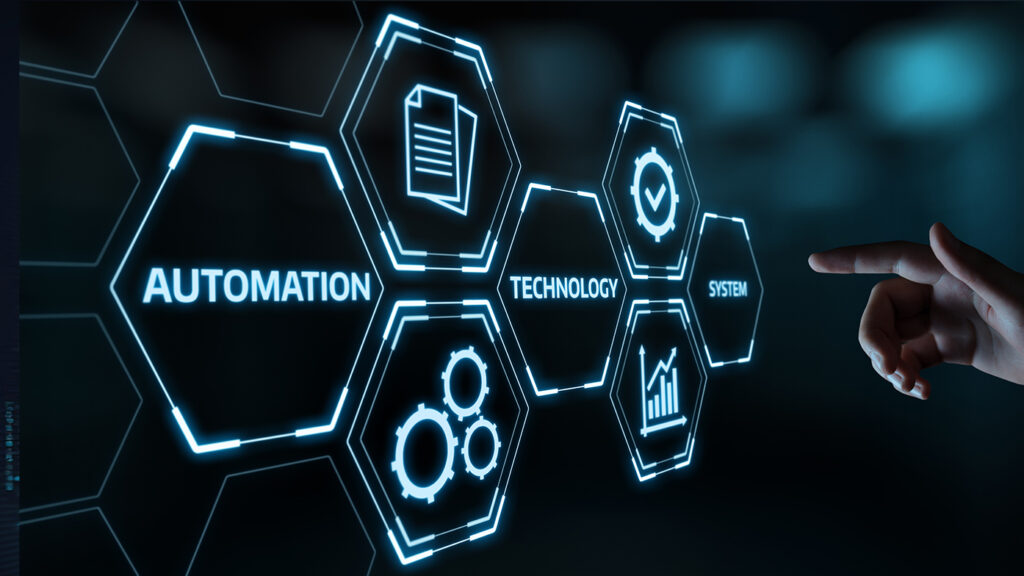Automation is unquestionably changing the many moving parts of commercial real estate (CRE). A notable sector being positively impacted by innovative technology is Real Estate Valuation. While a very specialized sector of commercial real estate, valuation relies heavily on technologies to become increasingly efficient and produce quality appraisals in a timely fashion for financial institutional clients. By automating data inputs, appraisers can interpret and analyze information that impacts property value conclusions at ever increasing, market-demanded speeds.
In comparison to other CRE professionals, appraisers execute an exceptionally high volume of assignments monthly and are expected to produce final reports in a short timeframe. This fast turnaround, combined with the high volume, has increased the focus on one-click downloads and automation to increase productivity while maintaining quality and consistency.
Demographics with the Click of a Button
While a relatively standard component, demographics can tell an important story about the immediate market area in a valuation report. Historically, appraisers spent anywhere from 10 to 30 minutes tracking down relevant data to prepare a comprehensive report regarding the market. Colliers Valuation worked to automate the process so that with an address only, the click of a button results in a wide range of demographic information that auto-populates into the report. In under 30 seconds, demographic information within a 1, 3, and 5-mile radius of any given property can be compiled in a clear-cut, easily transferable way. Doug Stafford, Colliers Valuation and Advisory Services’ Director of Business Innovation, indicated this streamlined process “ultimately equates to at least 2,000 work hours saved in a year.” This time can now be better filled with analysis and advising clients instead of basic data entry.
Rapid Mapping
Another integral part of the appraisal process is mapping. In an appraisal report, maps are essential to understand the surrounding market, submarket and competitive properties. Not too long ago, an appraiser would print out a hard copy of a map and place stickers on the spaces where all similar properties were located, along with detailed information for each. The map was then scanned back into the printer. Over the years, this process slowly became more automated, eliminating manual steps and digitalizing certain aspects. Now, it takes just a few seconds to generate a complete competitive property map with the click of a button.
Underwriting in Fewer Steps
As an organization who values service excellence and a client-centric mindset, Colliers looks to not only streamline the process for appraisers, but for our clients as well. Throughout the entirety of an appraisal, most clients need to utilize the data obtained for their own underwriting purposes. Before automation, data shared between appraisers and their clients was an inefficient process at best, with data input happening at many phases on both sides of the process, leading to a greater risk of manual input error as well as more time spent manipulating the data itself. With automation, appraisers can now near-instantly compile all of the raw data obtained and share it directly with the client via system-to-system communication, eliminating all the unnecessary back-and-forth. This seamless data integration allows clients to complete their underwriting processes much quicker, making automation a win-win for appraisers and clients alike.
Will Automation Help to Bring Younger Talent to Valuation?
In today’s climate, innovative technology is a must for attracting new talent to an industry, and crucial to sustaining a healthy and robust workforce. According to Forbes, to attract and retain talent, businesses must adapt to accommodate millennials’ tech-driven approach and stave-off costly turnover. With that said, the appraisal industry does not currently have a large influx of young professionals entering the field, with more than 60% of appraisal professionals over the age of 50. However, with the incorporation of technologies such as the ones outlined above, Colliers Valuation is looking toward the future of the industry and attracting fresh faces in the business. Only time will tell, but it’s likely that adopting new technology will continue to mean positive changes for the valuation side of commercial real estate.

 Colliers Insights Team
Colliers Insights Team

 Baily Datres
Baily Datres Mike Otillio
Mike Otillio
 Andrew Steele
Andrew Steele
 Martin Woodrow
Martin Woodrow Chris Zlocki
Chris Zlocki